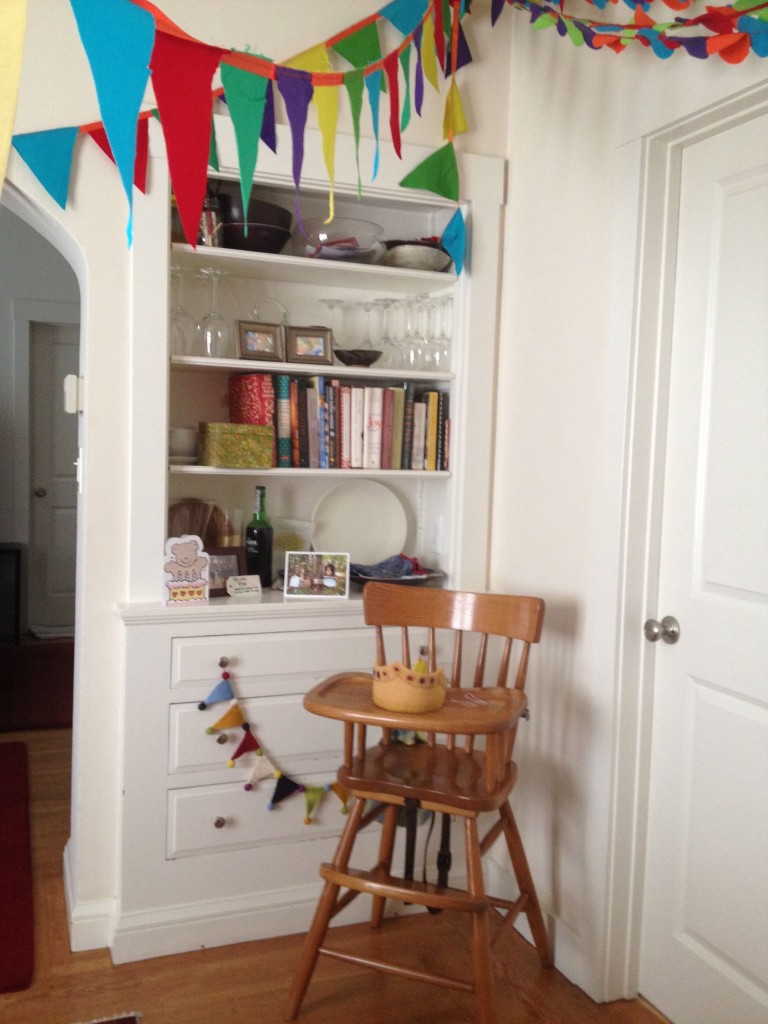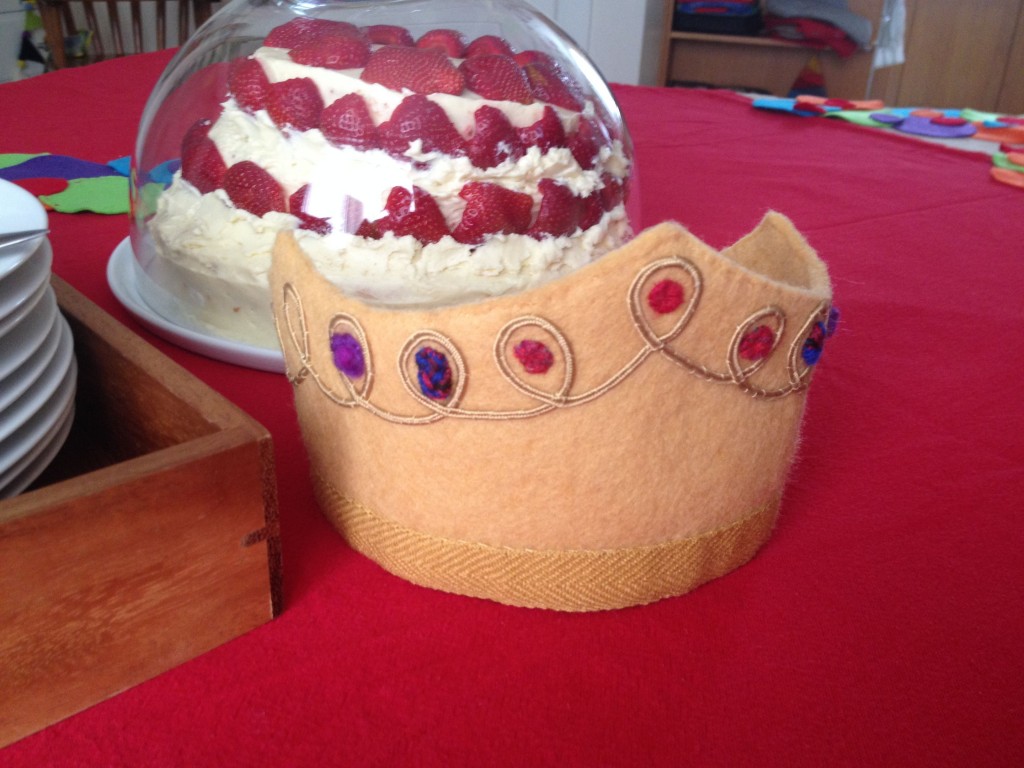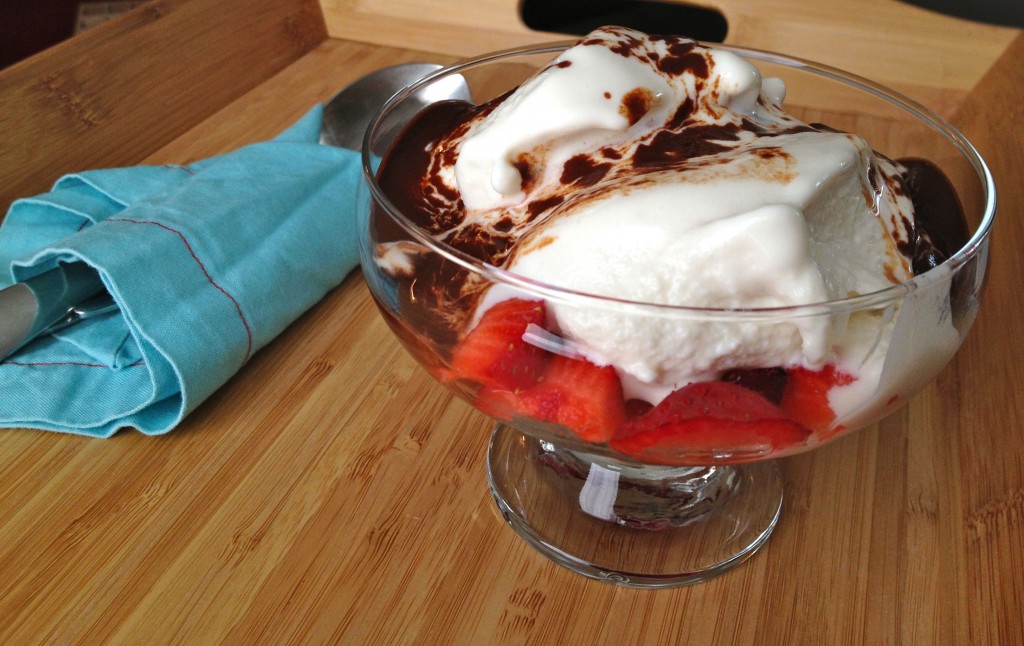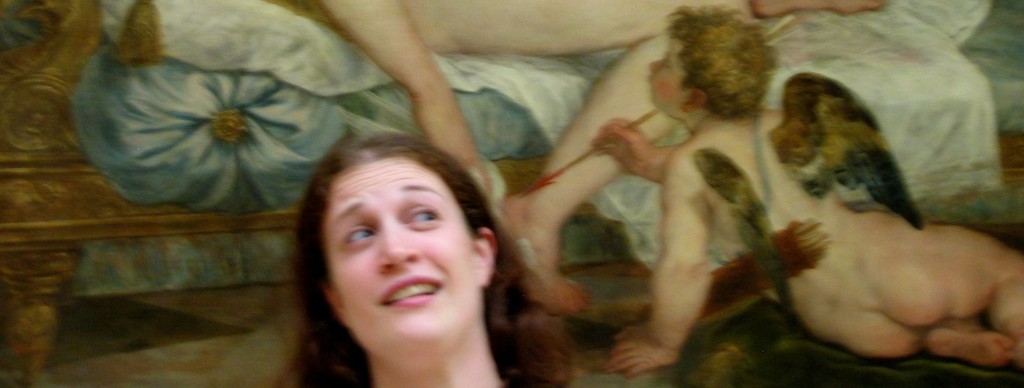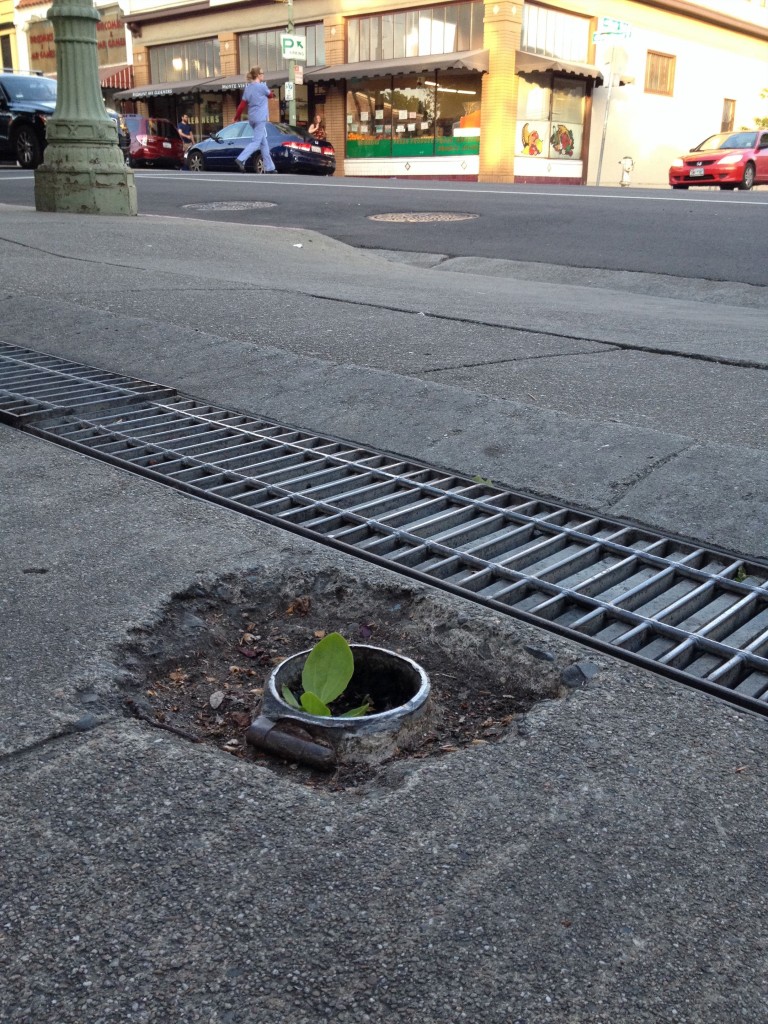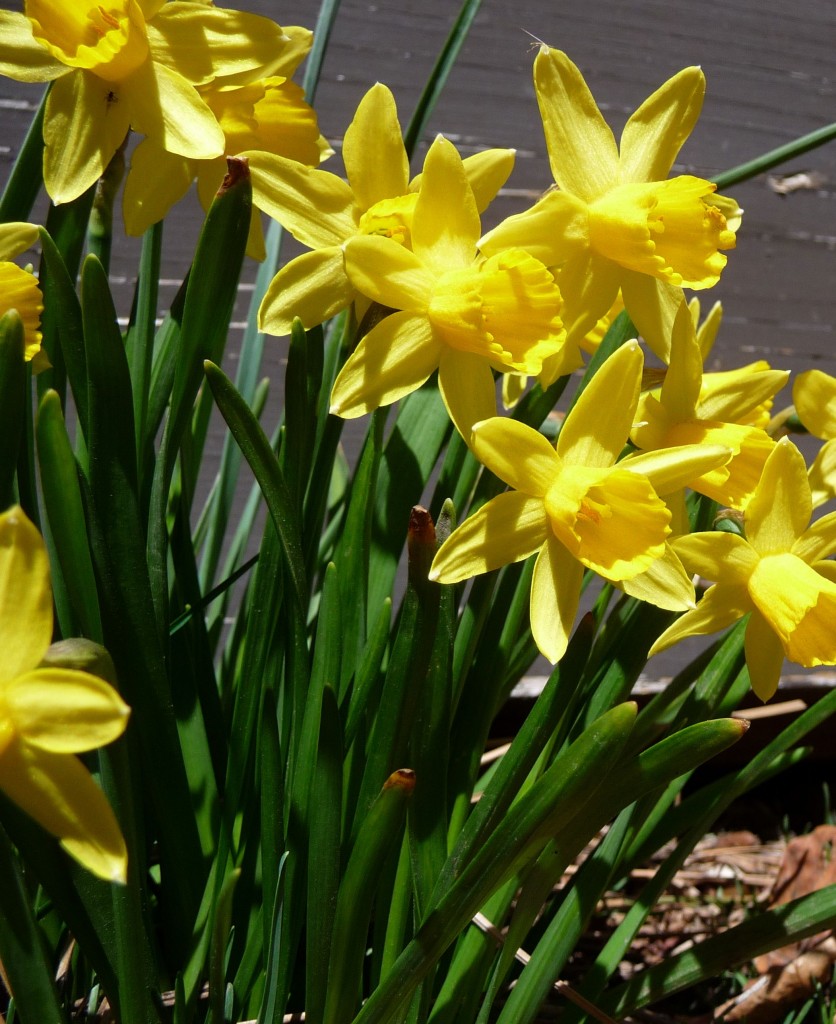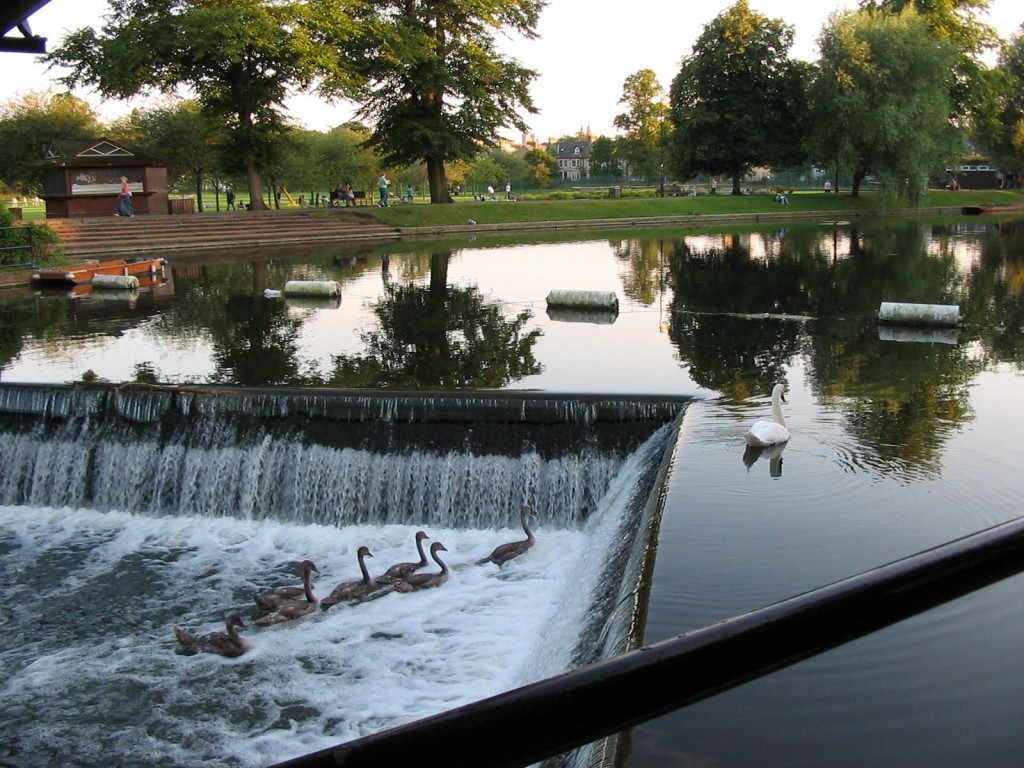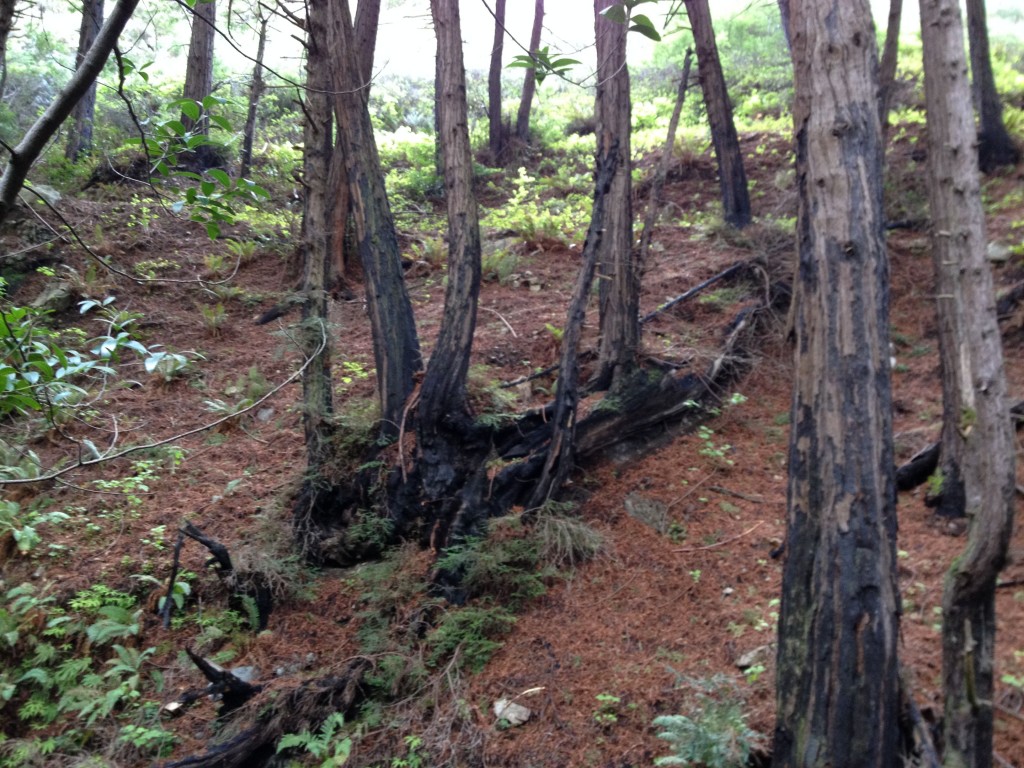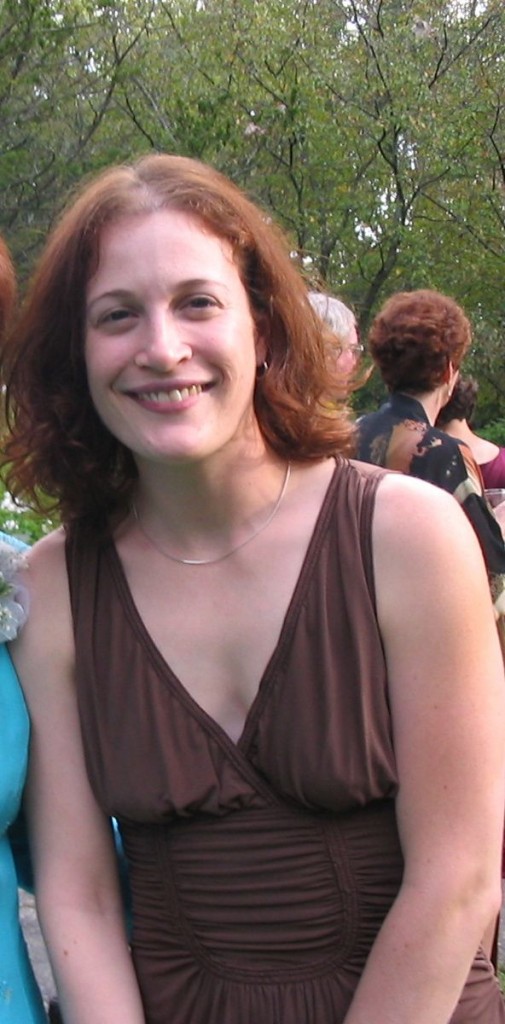
chest cave
I’m very lucky to be getting some excellent Pilates instruction these days. It’s been a great while since I’ve had regular lessons and I’m grateful to let somebody else oversee my workouts.
All my peculiarities are on show now – the little things that I’ve figured out over the years as I sleuth my way back to wholeness and what Joe Pilates called “normal health”. One thing’s come up in this process which I determined might be better to write about – at least as an introductory measure.
That little thing is my ribs. How can I make this a short story? Over the years I’ve noticed in photos that my ribs tend to be sort of pulled down and together in the front which makes for the rather unflattering posture of a collapsed chest and hunched shoulders. The thing is that this posture really began to show up around the time that I was being told repeatedly to pull my ribs in, knit my ribs, and other such cues. Over time I’ve come to realize that I had a tendency to brace with my ribcage (and pelvis and shoulders for that matter) which inhibited my acquisition of the Pilates Holy Grail – spinal articulation. As I saw this personal tendency, of course, I started to see how my clients were often doing something similar. Often my bodyworker finds the pain that I experience in my back or abdomen linked to my rib position and that’s not to mention how many times I’ve been in agony because a rib pops out of place. Through these experiences and more, I’ve come to realize that getting my ribs to sit well and right is no simple task. So I’ve resolved to stop fussing with my ribs and focus on my spine. When I practice Pilates, I draw my stomach inward and upward for length and I try to leave my ribs out of it. Which I realize in some traditions of Pilates instruction, my tradition to be specific, is blasphemous.
It’s easy to practice blasphemy when teaching on one’s own studio and not having lessons. My practice has led me to pose questions that I would not have dared ask in the company of others. Questions that have ultimately led me to truly figure things out for myself. I value that immensely because going forward, I know what I know from deep within, not just because somebody told me and I believed them. Taking what I was told on faith was my starting point as it is for most of us at this day in age. But to really understand something from within, we must face ourselves honestly over a long period of time so that we can sort out all our ideas and conceptions.
If I am to be completely candid, then I would admit to entertaining the possibility that Pilates might have caused me injury and actually I’m sure that it has, but that’s another story for another post. I’ve come away from such thoughts quickly because either I’ve realized the fundamental error in them or I’ve come to understand that I was not practicing properly when the injury occurred. As Jay Grimes has said, “don’t change the exercise, change the body”. Such a statement is much more difficult to fulfill in practice than it is to appreciate in theory, but it is an excellent directive for overseeing our own practices and those of others.
As is the case for everybody, there is something to understanding just how I need to practice Pilates because of my specific body. I tend to be slightly hyper-mobile. I have been in pain every day for nearly twenty four years. I have to be careful with stretches because they can easily lead to muscle spasms (I have had some muscle spasms that have lasted as long as six weeks, where I literally cannot move my back. These things are no joke and so I have learned to be careful and gentle with myself). I build muscle quickly and easily. I have a tendency to grip my muscles, to engage more than necessary for the sake of engagement – I’ve always been keen to have tone muscles. As I was considering how to explain all this to my new teacher, I realized that my body tends to hold muscle engagement like egg whites that have been whipped to hold stiff peaks. I think that this is most likely due to the constant tension pattern that my tailbone injury holds my spine in. Or maybe it’s just how I am, it’s hard to know what is innate and what is learned through experience.
Apart from honoring myself and my own personal tendencies, which is clearly important for my daily comfort and for making improvements, this new teacher of mine has reminded me that not everyone is like me. It’s such a blessing to see how Pilates translates onto each body differently – it’s like seeing the many facets of a sparkling diamond. While I’m pretty sure that I’m never going to be too enthusiastic about pinching my ribs together, I can see how I’d be open to trying to do so without grasping onto the holding pattern so tightly as to keep it forever. This is a thing that I tell my clients, after all. What we do in Pilates is not a prescription for how to move and carry ourselves all the time – it’s a way to exercise our bodies so that they will be strong and functional outside of our constant monitoring and control. Because we’ve got lives to live 24/7.
Pilates has been and continues to be a blessing for me. Movement has kept me from being far more stiff than I would be otherwise and it’s given me a framework to work with and understand my body. Pilates cannot fix every aspect of my injury and I’m lucky to have found some really wonderful body workers to help me slowly shed layers of tension and holding patterns which make Pilates that much more accessible and understandable to me. If I’m completely honest with myself, I have caused myself some agony because of my various Pilates exploits, but I’ve managed to learn so much from each one that even those feel like a blessing.
Truly, I wrote this for my teacher. But it seems like the sort of thing that’s worth sharing because I’m pretty sure that I’m not the only one that has experienced what I have. The more we can help each other to understand ourselves and our bodies, the further forward we all progress together. Thanks for reading, please share this post with anybody who you think might appreciate it.
